Addicted to ChatGPT? Here's Why It Happens—and What to Do About It
It started as a curiosity. I'd ask ChatGPT a few questions here and there to help me plan a trip or clarify something technical. Before I knew it, I was chatting with it every day—asking for advice, bouncing off ideas, even confessing frustrations. I didn't realize it at first, but I'd started relying on it more than I did on actual people.
I'm not alone. What began as convenience soon turned into emotional dependency—and it’s a trend many are quietly experiencing around the world.
As AI becomes more lifelike and accessible, many of us are forming habits—and sometimes emotional attachments—to chatbots like ChatGPT. In this article, we'll explore what ChatGPT addiction looks like, why it's increasingly common, and how to manage or prevent it, especially for kids and teens.
What Is ChatGPT Addiction?
But before we dive into solutions, it's important to understand what exactly we're dealing with.
ChatGPT addiction refers to the compulsive or excessive use of the ChatGPT AI chatbot to the point where it disrupts daily life, relationships, sleep, or emotional well-being. While it's not a clinically defined disorder (yet), the behaviors mimic patterns seen in behavioral addictions like gaming or social media overuse.
ChatGPT's lifelike, responsive, and non-judgmental interaction style makes it uniquely addictive. It offers emotional validation, intellectual stimulation, and a sense of companionship—without the challenges of real human relationships.
Why Are People Getting Addicted to ChatGPT?
So what makes ChatGPT so compelling that people turn to it again and again—sometimes even compulsively?
1Ease of Access
ChatGPT is always available—on your phone, desktop, tablet. No waiting, no pressure, and no real social cost. That makes it easy to slip into frequent use.
2The Dopamine Loop
Every interesting answer or clever response creates a small hit of dopamine. These instant rewards reinforce continued use, much like social media likes or video game wins.
3Loneliness & Mental Health
For many, ChatGPT becomes a stand-in friend, therapist, or emotional outlet. It listens. It responds. It never gets tired. That's comforting—until it starts replacing real support systems.
4The Productivity Illusion
It feels like learning. You're asking questions, solving problems, brainstorming. But when usage becomes compulsive, it can actually distract from real productivity and critical thinking.
Signs You May Be Addicted to ChatGPT
Recognizing the problem is the first step. Here are some common signs that your relationship with ChatGPT may be crossing a line.
Take a moment to reflect. Do any of these behaviors sound familiar?
- You chat with ChatGPT for 2+ hours daily
- You feel anxious or irritable when you can't access it
- You prefer talking to ChatGPT over friends or family
- You're using it during work or school hours, or late into the night
- You hide your usage or feel guilty after long sessions
Quick Self-Check
- Do you use ChatGPT to escape emotional discomfort?
- Are you neglecting other responsibilities or hobbies?
- Have you tried to cut back but couldn't?
If you answered "yes" to two or more, it may be time to reassess your usage.
The Mental and Lifestyle Impacts
Unchecked usage can affect more than just your screen time—it can quietly reshape your habits, emotions, and overall lifestyle.
1Reduced Focus & Productivity
Multitasking with ChatGPT can fragment your attention span, making it harder to focus on work, school, or creative tasks.
2Procrastination & Poor Time Use
Even when started with good intentions, chatting can easily become a form of procrastination.
3Emotional Detachment
Real conversations become harder to navigate when you're used to the smooth, optimized responses of AI.
4Disrupted Sleep
Late-night use or compulsive checking can lead to unhealthy sleep patterns.
5Reduced Creativity
You may become overly reliant on AI-generated content or ideas, which can dull your independent thinking.
How to Regain Control: Practical Steps to Overcome ChatGPT Addiction
Fortunately, addiction isn’t a dead end. With mindful steps, it’s entirely possible to break the cycle and take back control of your time and attention.
If you're feeling stuck, here are effective strategies to help you take back control:
- Step 1. Track Your Usage: Use built-in screen time monitors to understand how often you're using ChatGPT.
- Step 2. Set Intentional Limits: Cap daily usage to 30–60 minutes and stick to specific time slots (e.g., only during work hours).
- Step 3. Replace the Habit: Fill the emotional or intellectual gap with journaling, reading, or real conversations.
- Step 4. Remove Easy Access: Take it off your home screen. Turn off notifications. Use browser blockers if needed.
- Step 5. Use App Blockers or Focus Mode: Restrict access during high-risk times like bedtime or work hours.
- Step 6. Seek Help: If emotional dependence feels overwhelming, talk to a therapist or support group.
For Parents: Is Your Child Overusing ChatGPT?
And it's not just adults—kids and teens are especially vulnerable to developing unhealthy patterns with AI tools like ChatGPT.
Why Kids Might Use It Excessively
- To get answers for homework or tests
- To simulate relationships or roleplay scenarios with AI characters
- For late-night chatting or as a way to escape emotions
Signs of Overuse
- Irritability when you ask them to stop
- Secrecy about their screen time
- A noticeable drop in academic performance or mood
- Withdrawal from family or friends
Solution: Use AirDroid Parental Control to Monitor and Guide
Monitoring your child’s AI usage doesn’t have to feel invasive. The key is using the right tools to guide—not control—their digital behavior.
AirDroid Parental Control offers essential tools to help parents manage AI usage in a non-intrusive, effective way:
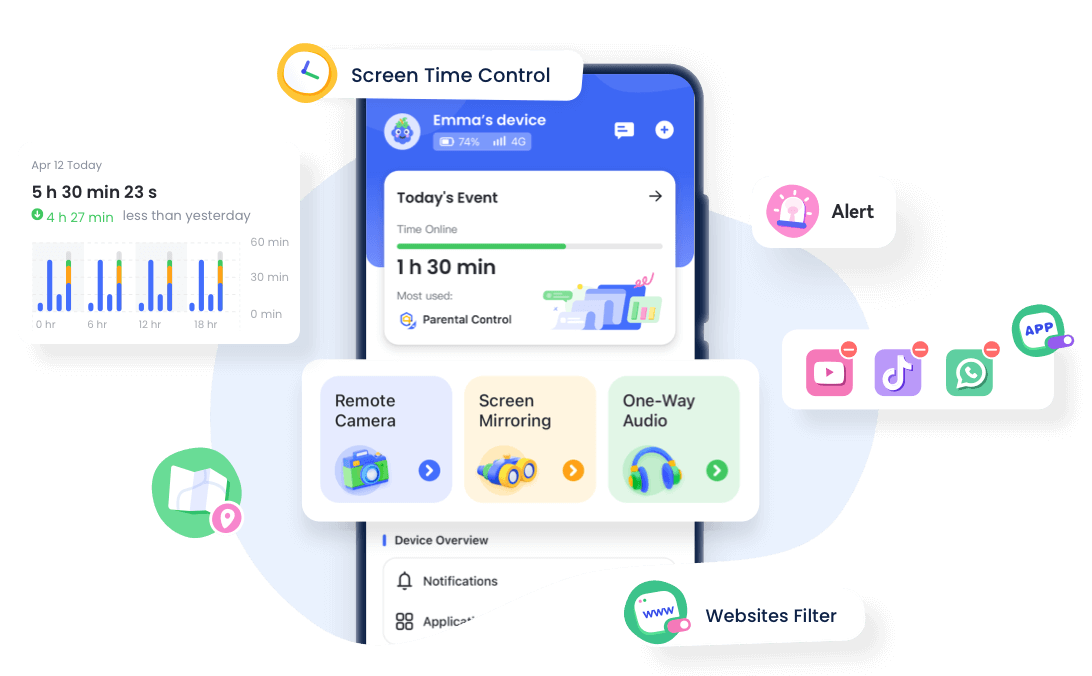
- Screen Time Limits: Set daily or hourly limits for ChatGPT and similar apps
- Focus Mode: Block AI tools during homework, mealtime, or bedtime
- Activity Reports: See how long your child uses different apps
- Content Detection & Alerts: Get notified if risky topics arise in AI chats
It's not about spying—it's about protecting and guiding your child's digital habits.
Conclusion: ChatGPT Isn't Bad—But Boundaries Are Essential
Whether you're navigating this for yourself or your family, the takeaway is the same—ChatGPT is a tool, not a replacement for real life.
Let's be clear: ChatGPT is not inherently harmful. It's a powerful tool that can enhance creativity, productivity, and learning. But like any tool, overuse leads to imbalance.
If you find yourself emotionally reliant, distracted, or detached from real life, it's time to pause. You don't have to quit using ChatGPT entirely. You just need to reclaim control and set boundaries.
And if you're a parent, you don't have to do it alone. Tools like AirDroid Parental Control can help you set healthy limits and support your child's well-being.
FAQ Section



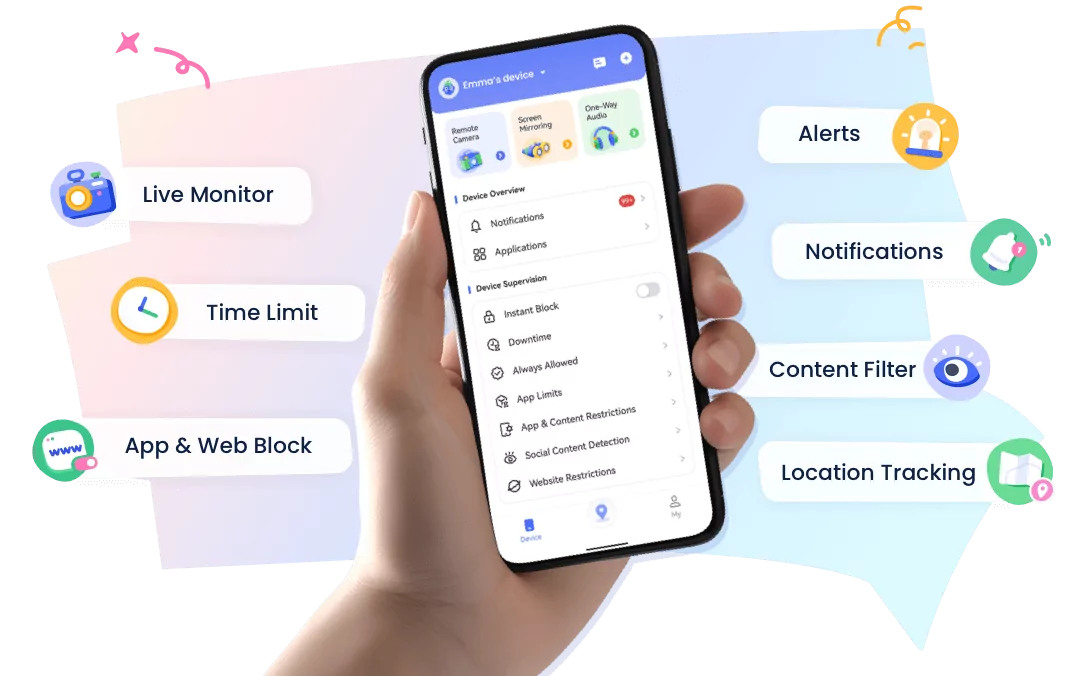





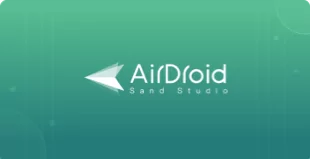
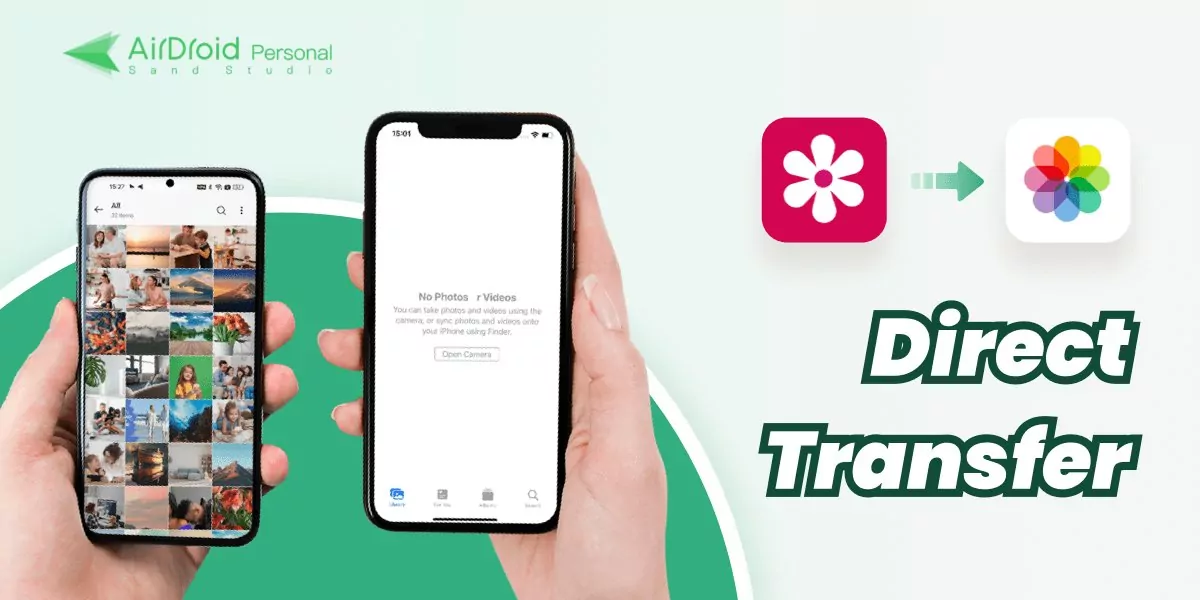
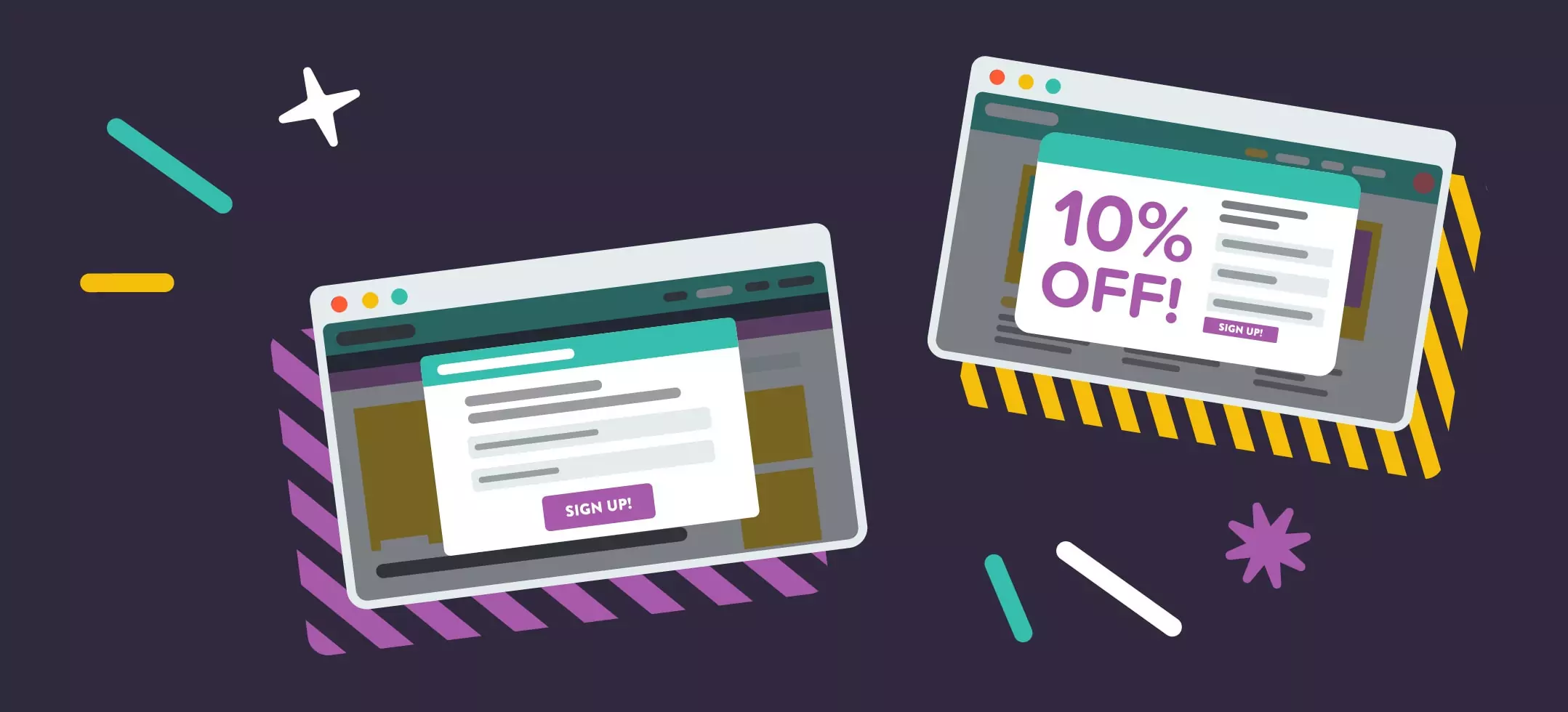


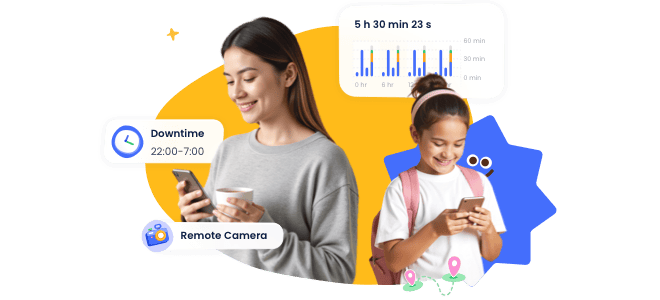

Leave a Reply.